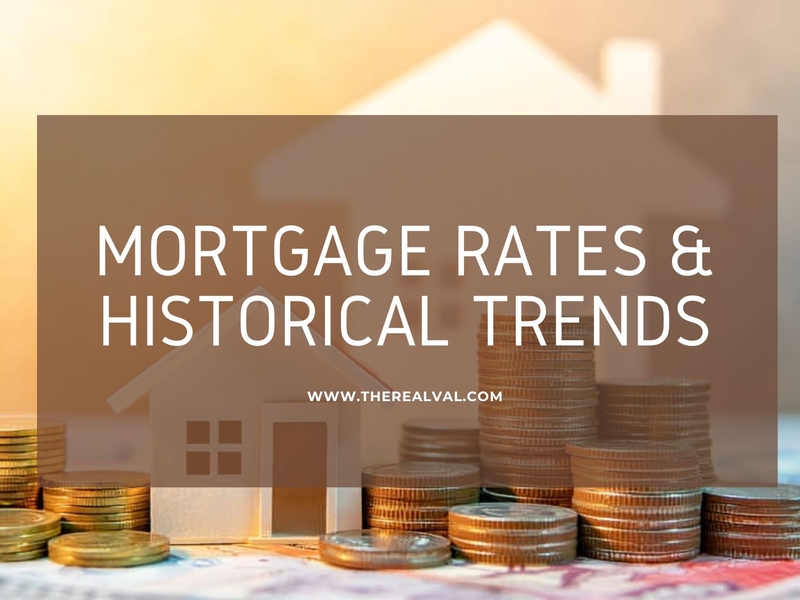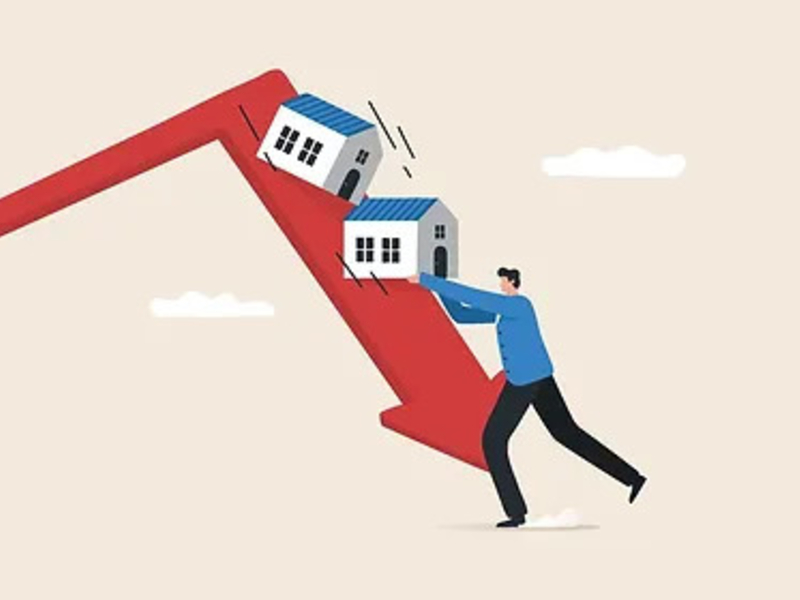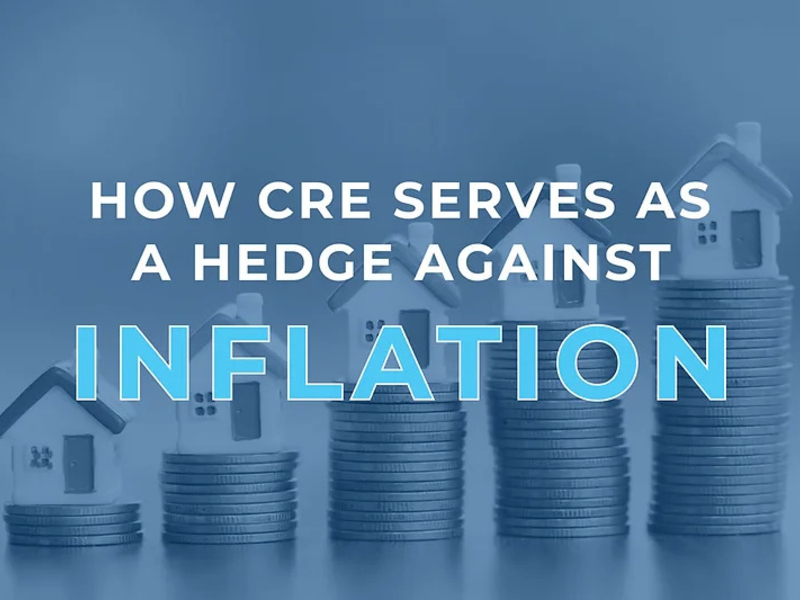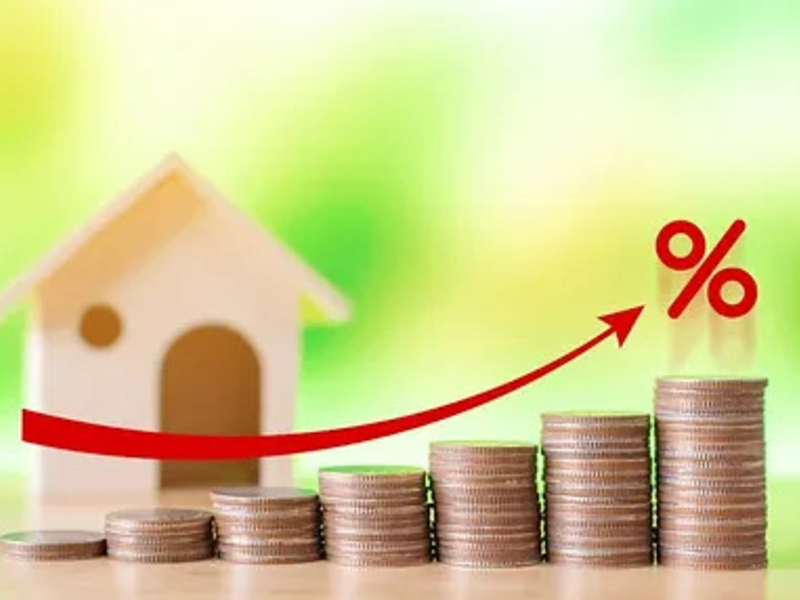Mortgage rates play a vital role in the housing market, they affect how affordable homes are, how buyers make decisions, and even the overall economy. Let us dive into how mortgage rates have changed over time.
When mortgage rates go down, monthly payments become more affordable. This makes it easier for more people to get home loans, which boosts demand for houses. On the other hand, when rates go up, borrowing gets more expensive, forcing buyers out of the market and slowing things down in real estate.
However, looking past this, changes in mortgage rates affect things like how many new homes get built, home prices, refinancing trends, and even rent prices. These rates are closely connected to big-picture economic factors like inflation, decisions made by the Federal Reserve.
That’s why mortgage rates matter to so many people; from homebuyers to investors and policymakers. Knowing how these rates work can help one make smarter decisions.
The Evolution of Mortgage Rates in the U.S.-
The 1970s – 80s: The Decade of High Inflation-
The 1970s was an era of significant economic turbulence, witnessing stagflation due to factors like the oil embargo and expansive fiscal policies. In response, the Federal Reserve implemented aggressive interest rate hikes, which led to an increase in the mortgage rates, which severely negatively impacted housing affordability, leading to a slowdown in home purchases:
- 1981: Average 30-year fixed mortgage rate reached an unprecedented 16.64%.
1990s–2000s: Stabilization and Decline-
Following the high inflationary period, the 1990s and 2000s saw a gradual decline in mortgage rates:
- Mortgage rates gradually fell in the 1990s as the economy stabilized. By 1998, the average 30-year fixed rate was 6.91%, driven by the dot-com boom and strong bond investments. Rates rose slightly to around 8.08% by 2000, reflecting economic growth and Fed policy.
- Low mortgage rates in the early 2000s fueled a housing boom, with rates dropping to around 5.25% by 2003. Easy credit and high demand led to a surge in homeownership, until the 2008 financial crisis hit, crashing the housing market and reshaping lending practices.
2010s: Post-Recession Recovery-
In response to the 2008 financial crisis, the Federal Reserve took major steps to boost the economy, including keeping interest rates low. These low rates supported a gradual recovery in the housing market, with increased home sales, steady price growth, and a rebound in construction activity.
- From 2010 to 2019, mortgage rates averaged between 3.5% and 4.5%, making it easier for people to buy homes.
2020s: The Pandemic Aftermath-
The COVID-19 pandemic brought extreme ups and downs to the mortgage market. These sharp swings affected affordability, slowed homebuying, and created uncertainty across housing, refinancing, and rental markets.
- January 2021: Rates hit a historic low of 2.65%, as the Federal Reserve slashed interest rates to support the economy.
- October 2023: Rates surged to 7.79%, driven by inflation concerns and the Federal Reserve's tightening monetary policy.
The Current Mortgage Scenario-
After some fluctuations, mortgage rates are rising again in April 2025, signaling potential challenges for both buyers and refinancers-
- 30-year fixed mortgage rate has hit 6.83%, marking the highest level since late February, reflecting ongoing pressure from broader economic shifts.
- 15-year fixed mortgage rate has climbed to 6.03%. The sharp rise affects those looking to pay off their mortgage sooner with less interest over time.
The recent rise in mortgage rates is largely due to a spike in 10-year Treasury yields, driven by investor concerns over new tariff policies and inflation risks. As borrowing costs increase, mortgage applications have dropped by 8.5%, signaling reduced buyer activity. Higher rates are also making homes less affordable, with steeper monthly payments pushing many potential buyers out of the market.
Expert Predictions for Future Mortgage Rates-
- 2025: Analysts forecast a modest decrease in mortgage rates through 2025. Goldman Sachs projects rates will remain above 6% throughout 2025, with a potential decline to 6.0% as the Federal Reserve implements rate cuts.
- 2026–2027: Norada Real Estate predicts rates will stabilize in the mid-5% range by 2026, with a possible decrease to 4.75% by 2027, dependent on economic growth and inflation trends.
High mortgage rates have already cooled buyer enthusiasm, with more than 30% of Americans delaying major purchases. The ongoing pressure from both elevated rates and high home prices continues to strain affordability, prompting some buyers to consider adjustable-rate mortgages for short-term relief.
[Bankrate, Business Insider, AP News, Mortgage Research Center, Everviz, Homelend, Midflorida]
Trending





